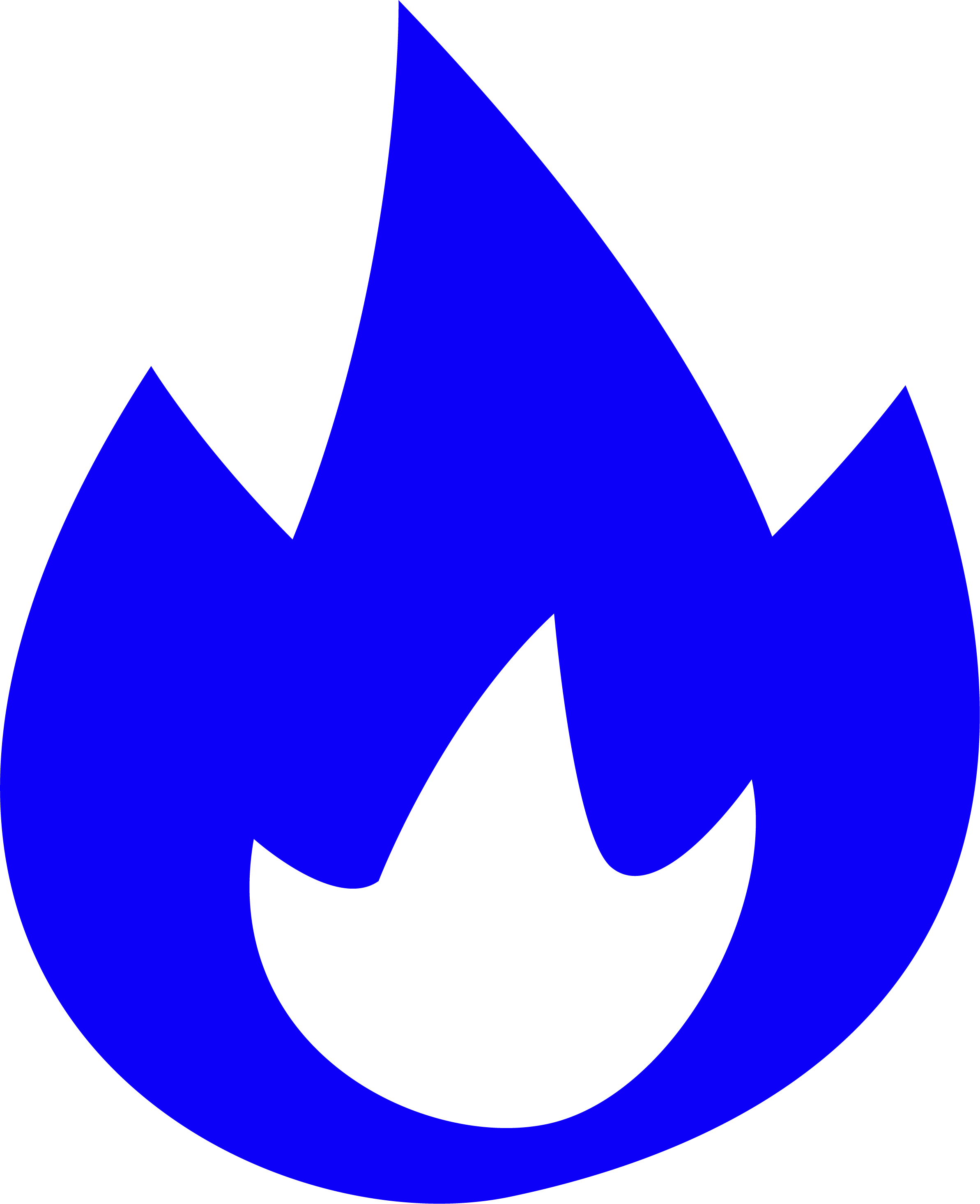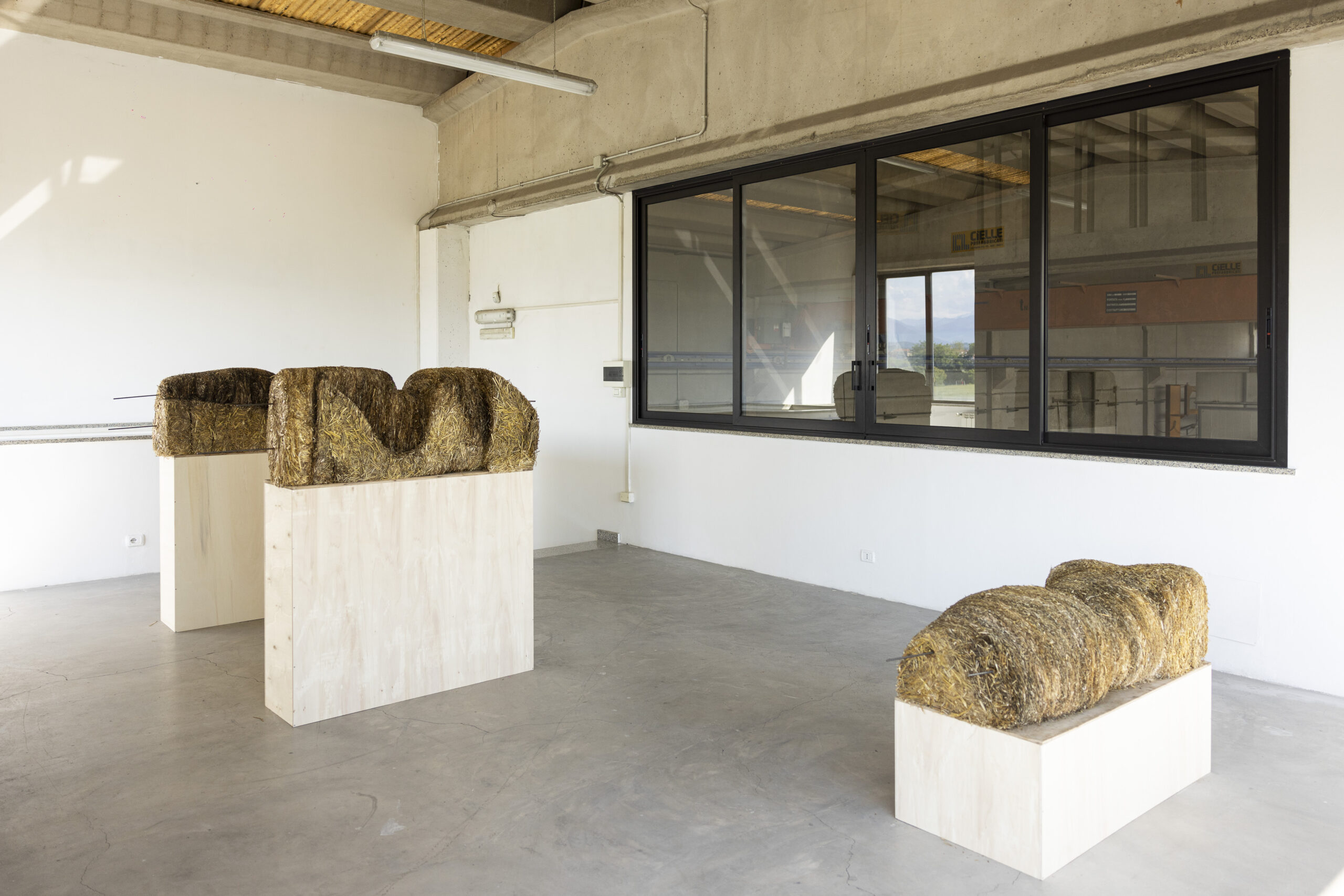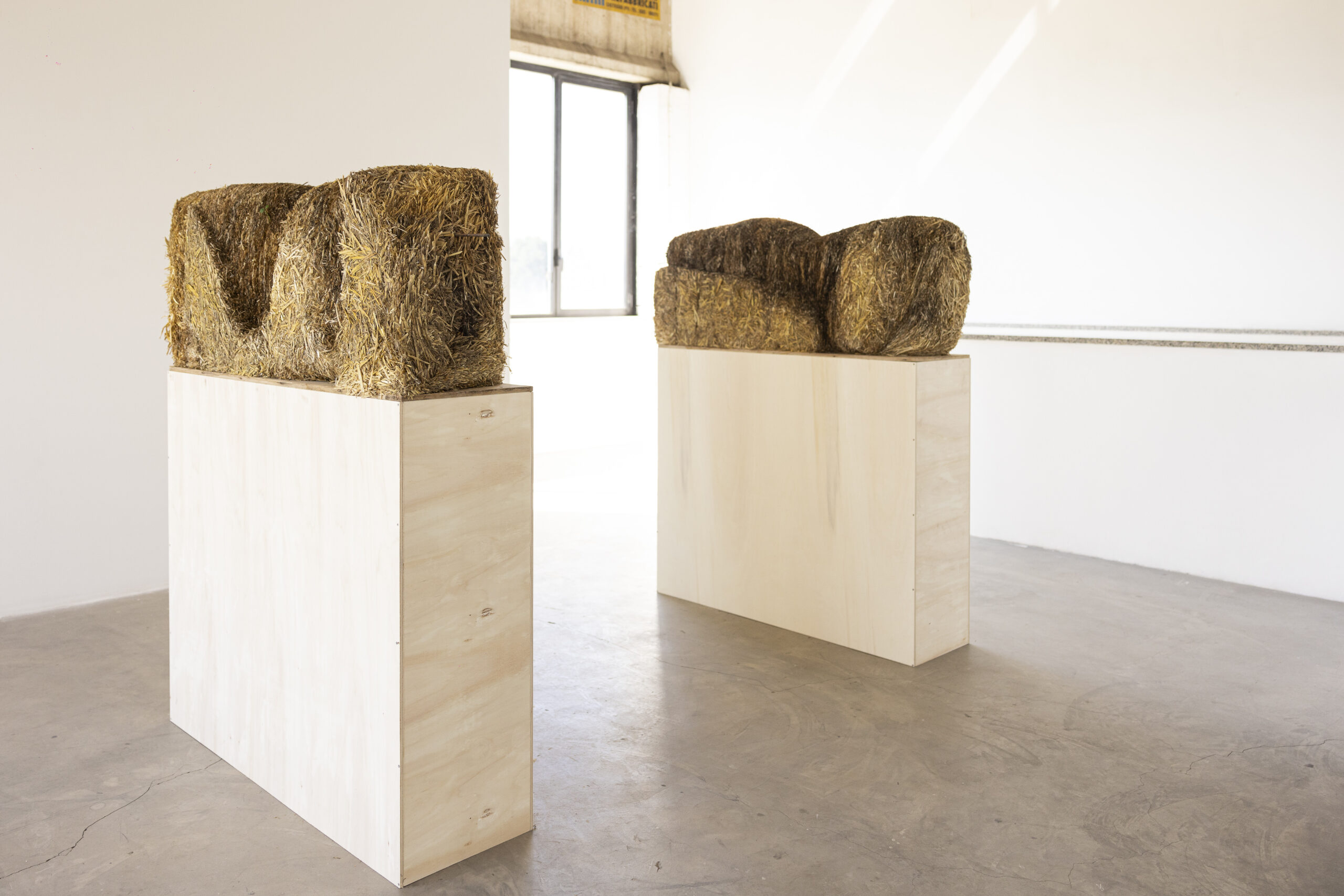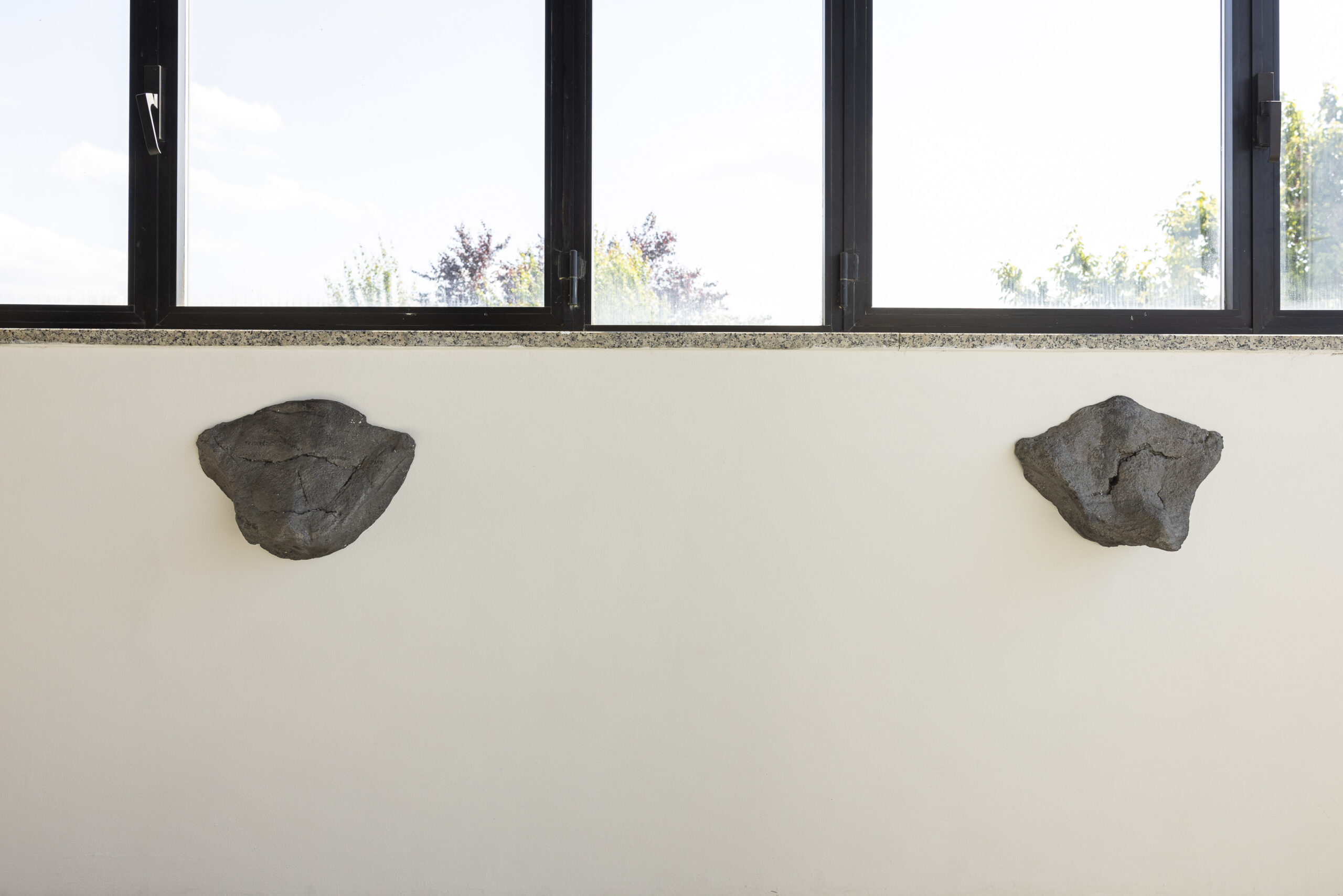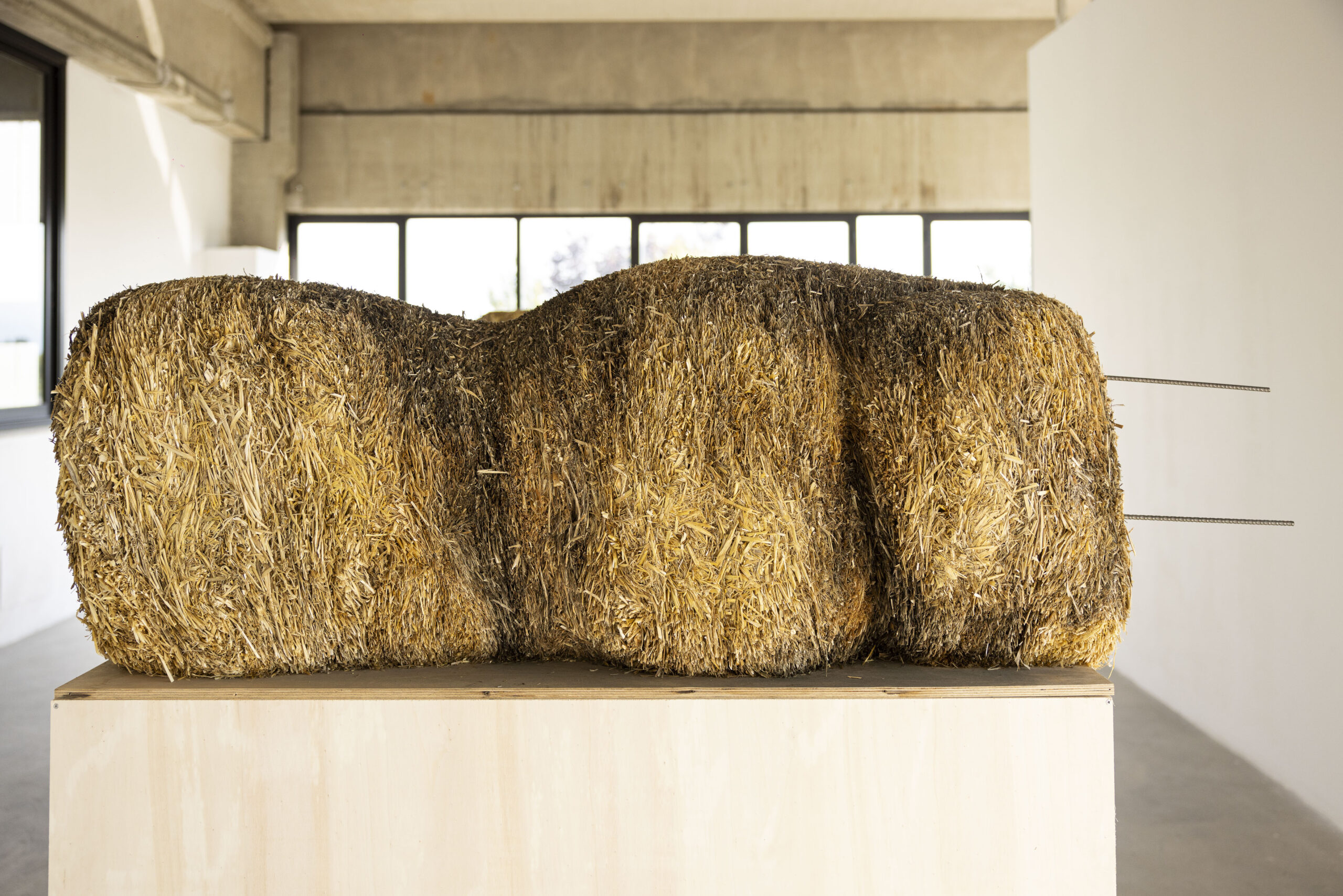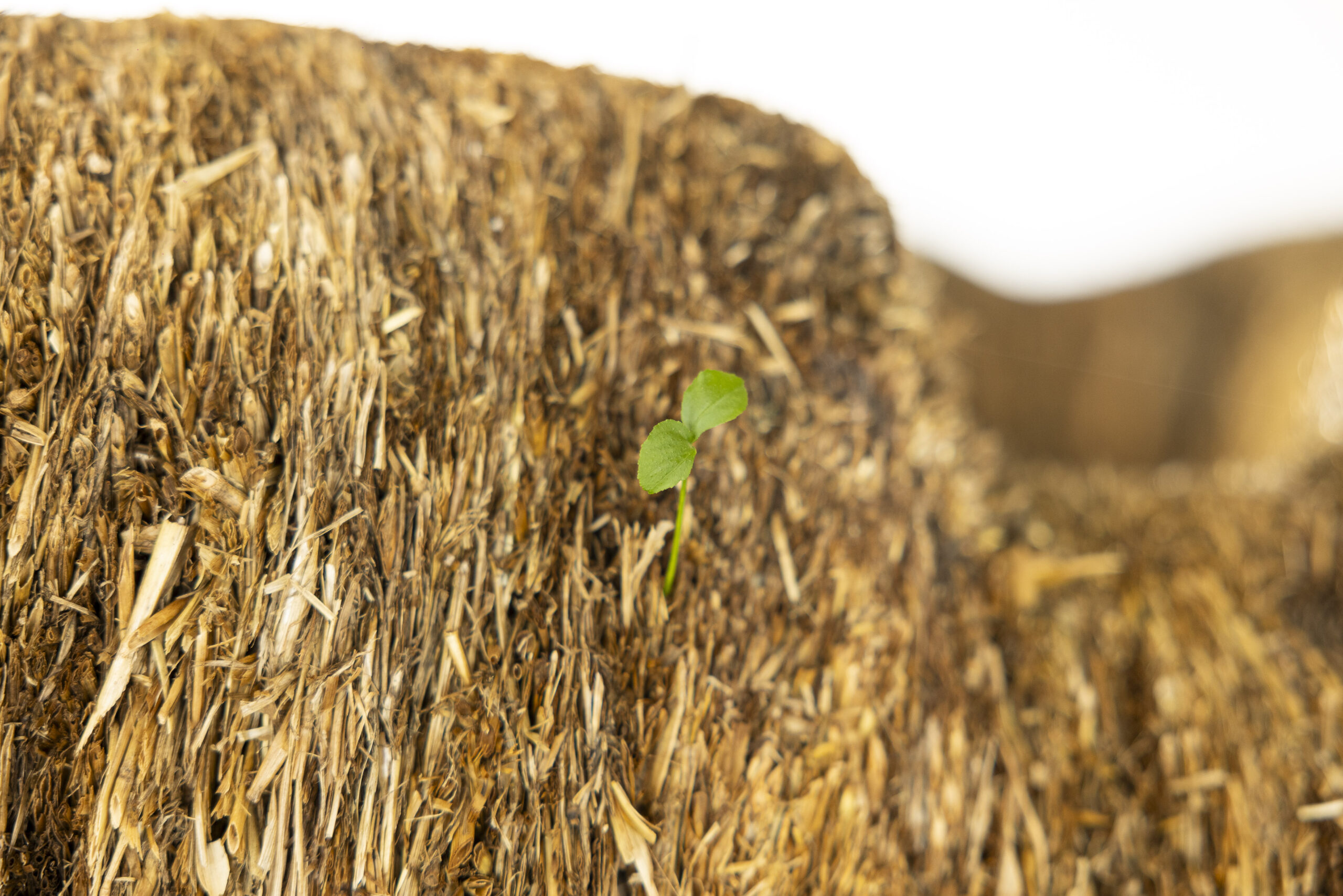Rodeo
Mònica Planes
curated by Vera Martin Zelich

Rodeo is Mònica Planes’ second solo exhibition in Italy. The exhibition takes place in a space whose specific architectural characteristics have influenced the process and articulation of the works. The gallery is located on the outskirts of Turin, where industrial warehouses border the first farmlands surrounding the city. The space is also part of an art foundry, visible through some of the gallery’s windows. Two perspectives converge: the expansive countryside and the activity within the building itself.
Planes’ artistic practice is primarily sculptural and explores the relationship between movement, image, and material through the body as a tool—an agent that initiates the sculptural process. The choice of materials she uses determines the technical and procedural development of the pieces. In recent years, this sculptural research has involved sand, cement, bread and straw. Due to their differing qualities, the working processes adapt to each material but share a method that begins with understanding the matter in order to shape it through and with the body.
This exhibition features two series: Pelvis, cast in stainless steel, and Rodeos, made from straw bales. The materials used for these works can also be found in the gallery’s surroundings but in their own original state: straw scattered across the green fields encircling the building, and raw steel stored in the foundry. This circumstance influenced some of the curatorial and display decisions, aiming to emphasize the inside-outside relationship.
The four sculptures that comprise Pelvis are intermittently arranged along the gallery walls. These pieces explore the remaining space between the pelvises of two people as they come into contact in various positions and movements. This void is registered using mortar, turning it into a mold for raw bread dough, which expands inside when baked, taking the form of the space created between the two bodies. The sculptures preserve the experience of the action that shaped them. Since bread is an organic material which gradually disintegrates over time, Planes must recreate these pieces for each exhibition. On this occasion, she has cast the last four in steel, preserving the memory of that particular moment.
The most recent body of work, occupying the central space of Fuocherello, is Rodeos: three sculptures resulting from compressing and then casting straw bales. Planes conducted research on twisting and turning forms, drawing on reclining sculptures from various art historical periods. These images served as references to guide her manipulation of the bales, following the volumes and forms of the sculptures. However, straw’s diffuse, abstract, and provisional nature—which never fully fixes a form as stone, cement, or plaster would—leads to the abandonment of those references during the process.
Two operations can be identified: in Pelvis, Planes sculpts from within—the body makes direct contact with the material, shaping it through movement and pressure. In Rodeos, the gesture is reversed—she sculpts from the outside by removing straw with pliers and shears. Regardless of the method, her practice consistently reflects a desire to recognize a type of image through action. This image might be concrete, like a detail from a Greek sculpture, or mental, as in imagining the space between two hips. Throughout the process, reference images are revealed through the interaction between gesture and material, and in turn, are transformed by new images that emerge along the way.
A particularity of Planes’ sculptural practice is the simultaneous development of multiple pieces. Working on a series all at once allows her to explore a broader set of questions that arise during the process and to grasp the full range of emerging possibilities: the technique varies, stretches, and adjusts in response to the material; the experience of representing images in three-dimensional volumes generates movement.
The placement of the straw sculptures in the gallery reflects this simultaneous way of working. Moreover, they are set similarly to how they were situated in the artist’s studio. The possible pathways between the sculptures and the space reproduce the sensation of moving from one surface to another with slight variations between them. The varied height at which the works are displayed suggests different viewpoints, allowing the viewer to understand their volume, visually flatten their forms, and even block the view toward the exterior landscape.
In Rodeo, Mònica Planes deepens her exploration of the diverse relationships she holds with the materials used in her sculptures. Her preference for expansive consistencies and her desire to investigate the body’s interaction with them activates a series of processes and approaches in which concepts and ideas such as representation, gesture, movement, pulse, and repetition converge.
Vera Martín Zelich
*The pieces presented in this exhibition are the result of a residency at the Spanish Academy in Rome, within the scope of the MAEC-AECID scholarship program for the 2024–25 academic year.
